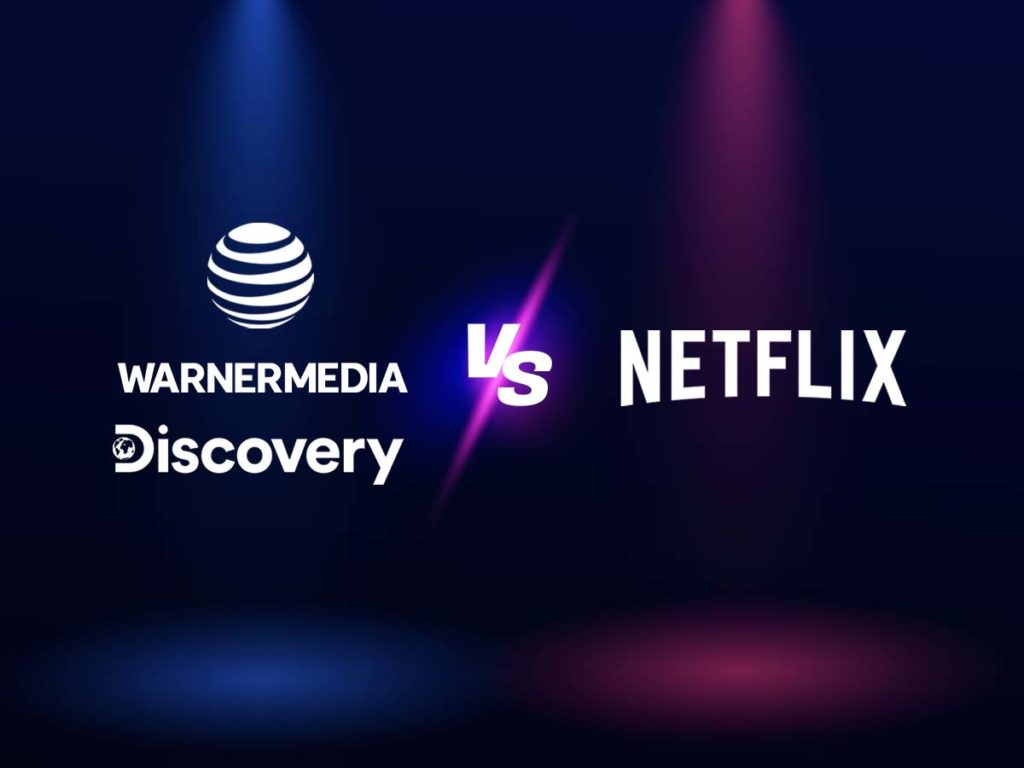CTV Retargeting 101: Complete Guide for TV Advertisers
by Frankie Karrer
8 Min Read
Check out Inc.’s excellent coverage on MNTN’s mission to make TV advertising impactful (and accessible) for all. Learn More
AT&T is spinning off WarnerMedia, and its merger with Discovery creates a major ad-supported player in the streaming wars

4 Min Read
The streaming wars are heating up once again. M&A headlines have dominated recent Connected TV news cycles, as major players have bought up adtech and ad supply firms to help bolster their CTV advertising offerings.
This latest news is different and is set to change the streaming TV power structure. AT&T, in a very similar move to Verizon recently selling off its media business, is spinning WarnerMedia into an independent entity. WarnerMedia will then merge with Discovery Networks to form a new media company that encompasses some major network names–from HBO Max and Discovery+, to a host of others like Animal Planet, Science Channel, and TLC. This comes on the heels of another media-focused AT&T deal, which saw them give up their minority stake in DirecTV.
While the deal involves both cable and Connected TV properties, the industry is mainly focused on its impact on the streaming wars. With how viewership trends are shifting toward Connected TV, that makes perfect sense.
The merger will see a new top streaming service stake a claim for the top spot. Netflix has long enjoyed the status as “the big streaming service,” but Disney has recently challenged for that title. With WarnerMedia and Discovery teaming up, they have a legitimate title shot as well.
And it’s not just because of their size—it’s the combination of content they have available. The recipe for streaming success is original programming, documentaries, and classic content (AKA reruns). They have all of those elements; HBO makes top-tier new content and documentaries, as do Discovery’s properties. And with WarnerMedia’s deep catalogue of classic TV shows, they have enough reruns to satisfy any TV viewer.
Content can go a long way in attracting viewers, but it’s not everything. Price is a big factor and the average US household spends roughly $47 per month on streaming services. Considering millions cut the cord on cable due to costs, those subscription fees adding up is a concern for many.
Especially any new streaming services looking to build their own viewership. Networks are already working to combat this with more affordable ad-supported tiers. Recent debutants Discovery+, Peacock, and Paramount+ debuted with ad-supported options. With a “big three” streaming service offering the same (and it’s likely to be the case since Discovery+ already offers ad support), Connected TV advertising inventory will grow and likely force other subscription-only players to consider adding it. There will just be too much ad revenue at stake to hold out forever.
By offering an ad-supported option, WarnerMedia and Discovery will be able to scoop cost-conscious consumers who hesitate to pay for another full-price subscription. This is good for all parties involved—including both advertisers and consumers. Consumers can save more money, and advertisers have another way to reach their core audience.
Whether its adtech or networks, consolidation is becoming a more prominent storyline in the streaming wars. As tech companies, media publishers, and conglomerates evaluate the Connected TV landscape, they’ll look for strategic opportunities to strengthen their positions and challenge the leaders.
The net result will be a massive expansion in quality Connected TV ad inventory, and more affordable streaming options for viewers. This is a win/win, and it will be curious to see who acquires who, or merges with what, over the course of the coming year.
Subscribe to the report Apple, Amazon, NBC and more use to get their CTV news.